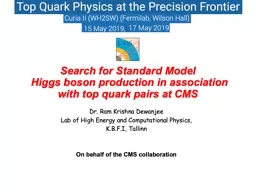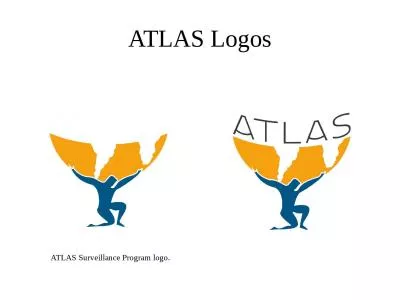PPT-Measurement of top-quark pairs cross-sections at ATLAS
Author : jordyn | Published Date : 2022-06-15
Michele Faucci Giannelli On behalf of the ATLAS collaboration Top differential crosssections in ATLAS ATLAS has performed many differential crosssections measurement
Presentation Embed Code
Download Presentation
Download Presentation The PPT/PDF document "Measurement of top-quark pairs cross-sec..." is the property of its rightful owner. Permission is granted to download and print the materials on this website for personal, non-commercial use only, and to display it on your personal computer provided you do not modify the materials and that you retain all copyright notices contained in the materials. By downloading content from our website, you accept the terms of this agreement.
Measurement of top-quark pairs cross-sections at ATLAS: Transcript
Download Rules Of Document
"Measurement of top-quark pairs cross-sections at ATLAS"The content belongs to its owner. You may download and print it for personal use, without modification, and keep all copyright notices. By downloading, you agree to these terms.
Related Documents

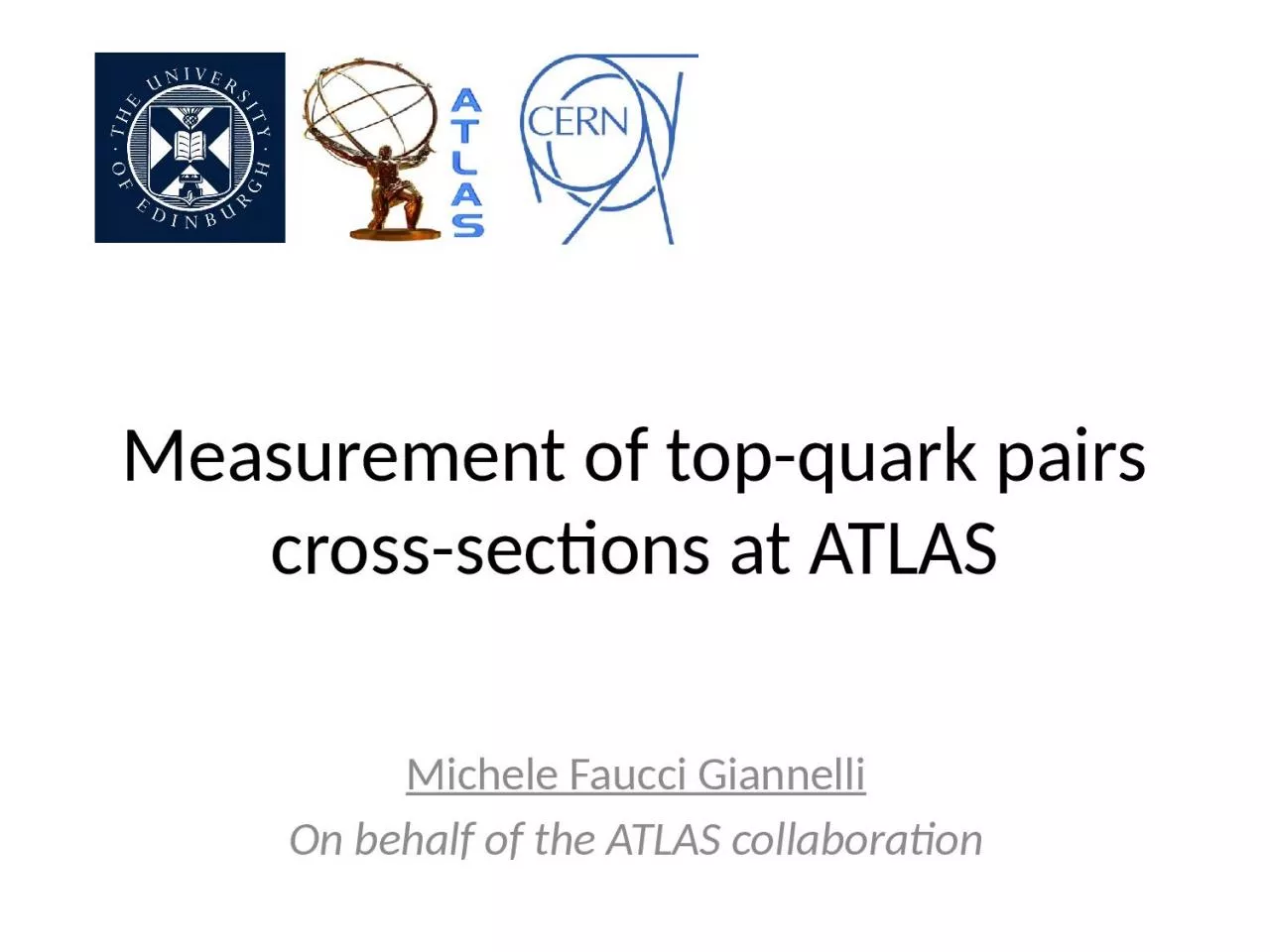

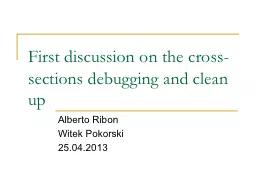
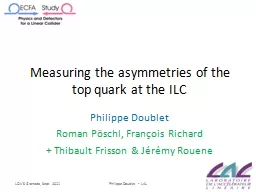

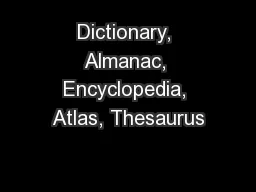
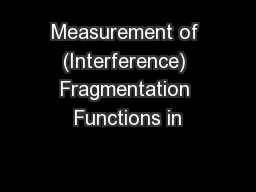
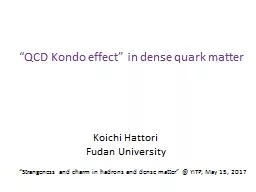
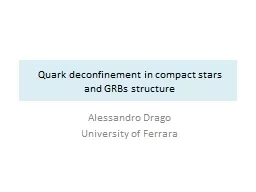
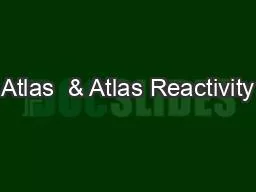
![[EPUB] - Anatomy: A Photographic Atlas (Color Atlas of Anatomy a Photographic Study of](https://thumbs.docslides.com/903572/epub-anatomy-a-photographic-atlas-color-atlas-of-anatomy-a-photographic-study-of-the-human-body.jpg)
